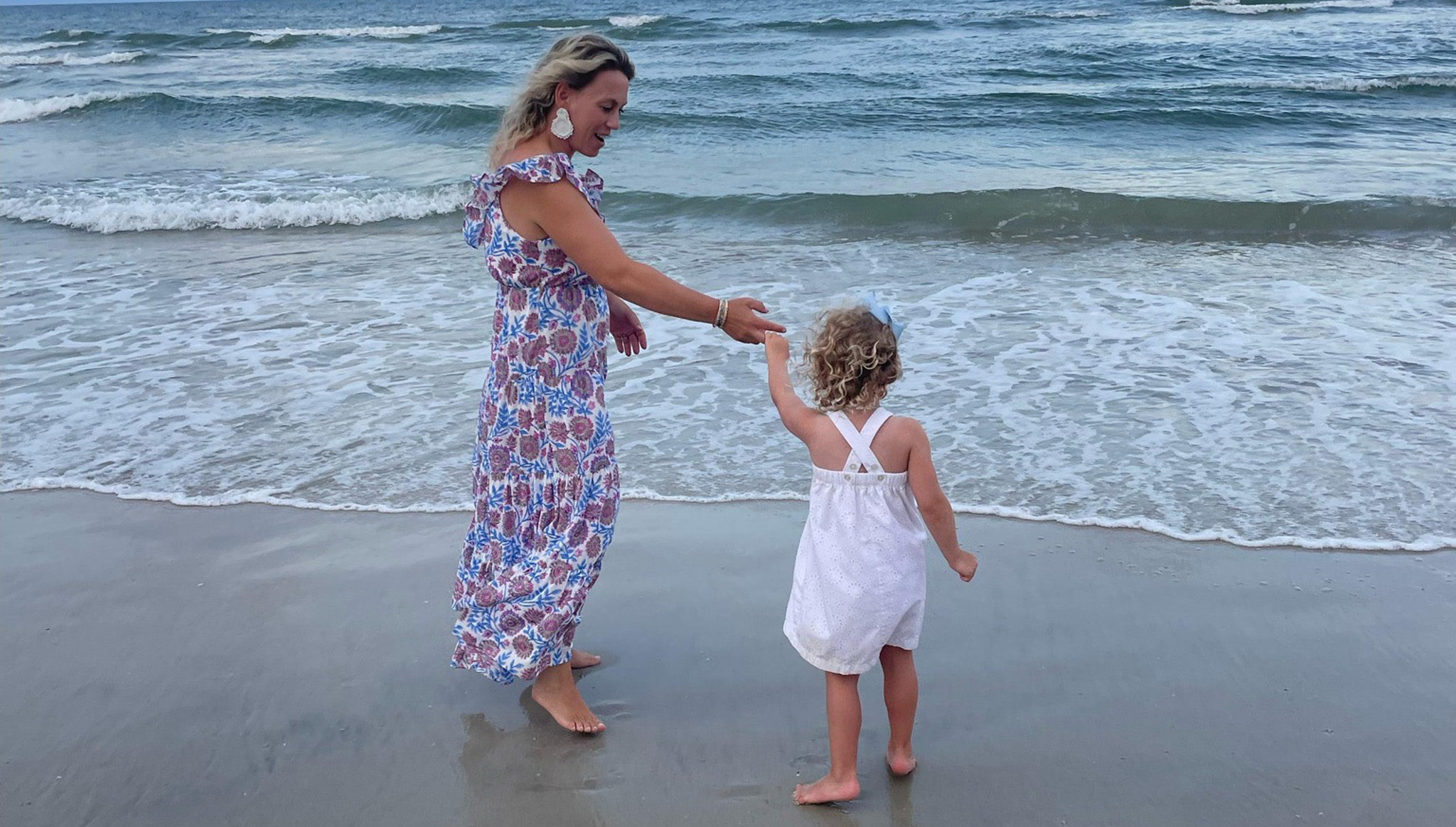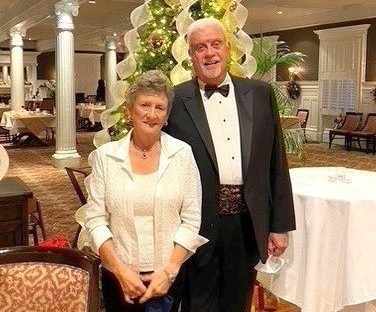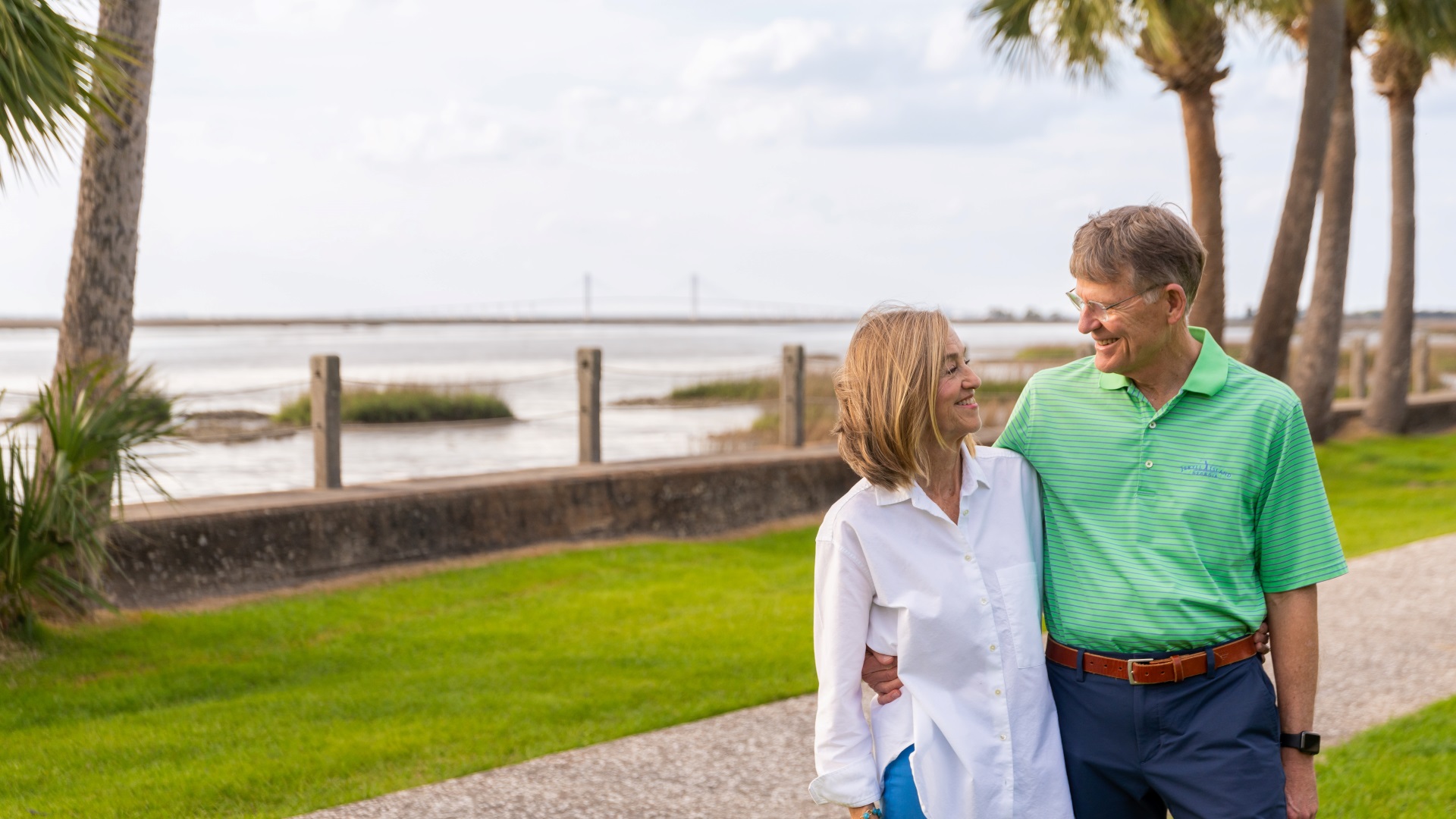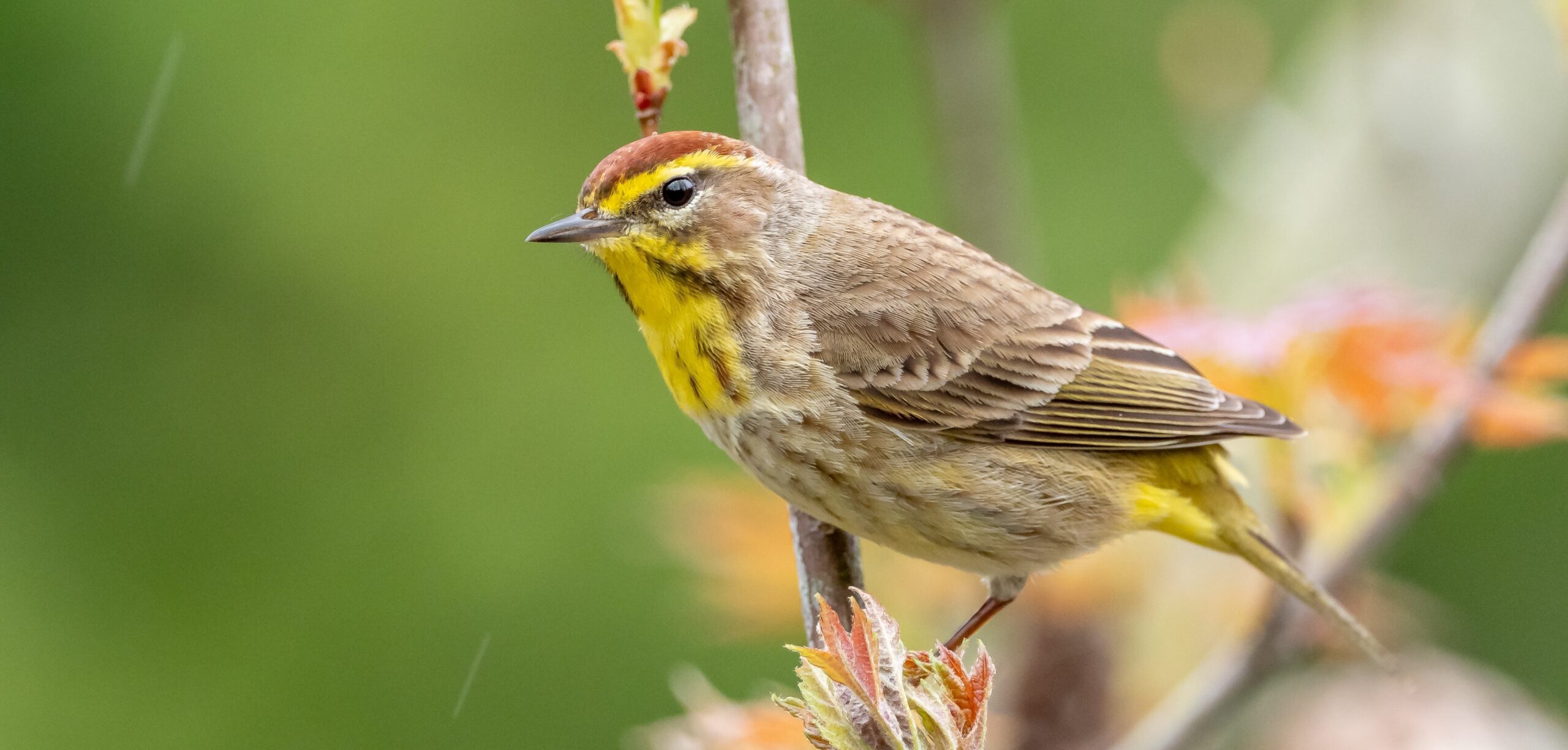It’s not an uncommon response to what is a common question: “What is an ideal day like for you when on Jekyll Island?”
For island-dwellers and well-acquainted guests alike, the answer for many is nearly as old as the state park itself: sunset walks on the beach and general quiet time away from the daily grind are likely common answers to this common question. Ember Bentley’s answer isn’t too far off the mainstream line of thought. But the way she says the words, with such dreamlike ease, it feels as if the moment is occurring right then.
Take a breath, and now, envision an ideal Jekyll Island day. What would this look like for you?
Bentley is quick to answer. That day starts with coffee in-hand, taking a sunrise walk on the beach. Then with coffee complete and the morning breeze still intact, the day shifts to a morning bike ride. With the cardio casually complete, she would ideally head to brunch at The Pantry, then spend an afternoon by the pool at Jekyll Island Club Resort.
To wrap up a calm afternoon, she and her family would head back beachside, for a sunset stroll, taking in one of the many reasons she fell in love with Jekyll in the first place. On this ideal day, she can even picture the perfect conversation: talking about the lives of the people who owned the homes in the historic district, who could have easily been forgotten if it weren’t for the thoughtful preservation work ongoing.
Bentley, who currently serves on the Board of Directors for the Jekyll Island Foundation and has just been appointed Chair for a two year term, knows the island as well. After all, she has been coming here most of her life.
“I can still remember the sunrise one morning during camp in 5th grade,” she recalls.
While her memories of the island are solid, her ideas for its future likewise carry the confidence of a player on a winning team. Thankfully, Bentley and her teammates on the Foundation Board are all striving to see Jekyll move forward with respect to its unique history and belief in its even more dazzling new future.
Looking ahead, Bentley and the Foundation Board have a laundry list of goals to achieve. Those include focusing on specific Jekyll Island Authority-directed projects and ensuring long-term viability of those projects. That in itself is no easy task, especially with a major milestone for the Foundation about to occur.
“We must be laser-focused on our mission and what the Foundation was created to do,” she said. “The 25th Anniversary of the Foundation will occur next year and I’m excited to be working on ways to celebrate this milestone.”
Bentley credits Jones Hooks, who served as executive director for the JIA for 15 years, until he retired this year, with providing a solid footing for the Foundation. To hear Bentley put it, Hooks repaved the way for Jekyll island’s brilliant future by making the impossible, possible. He not only served to keep the Island on a forward track of progress, but he did so in a way which filled any room, or beach, with brightness, she said.
“Jones is the king of hospitality, and he has a way of making you feel like the most important person in a room,” Bentley said. She is quick to compare Hooks with another formidable Georgia leader, former First Lady, Sandra Deal.
“I had the honor of serving as Mrs. Deal’s assistant for four and a half years. As a former teacher, she loved encouraging children to read because she knew that it was the key to unlocking learning,” Bentley said.
As such, Bentley added that Deal was also known as a staunch advocate for Camp Jekyll and its 4-H Learning Center, which now bears Deal’s name. When the reimagined 15-acre Center reopened its doors on Feb. 1, 2017, it signaled that the Sate Park Island is constantly improving, which is a signal Bentley and her crew on the Foundation Board know they will continue to see.
“Seeing (Former First Lady Deal’s) delight as she cut the ribbon on the Sandra Deal Learning Center at Camp Jekyll was a special moment,” Bentley said, noting she served as Chief of Staff to Deal. “The Governor was happy he was able to pull off an early birthday surprise. Of course, she didn’t feel deserving of it, but she was so proud. She believed that the kids are our future, and she wanted every child to have the opportunity to learn and experience camp.”
Bentley has a similar education-based passion. She is currently the Chief of Staff and Government Relations Officer of Middle Georgia State University and serves as a key member of the president’s leadership team.
She was also Executive Director of the Georgia Forestry Foundation and Deputy Commissioner for International Relations for the Georgia Department of Economic Development.
These days, Bentley continues to follow Deal’s example of servitude and leadership throughout the state.
Aside from the Foundation, she sits on 11 Georgia-based committees and boards, and is a graduate of Leadership Georgia, Protocol Partners and the Georgia Academy for Economic Development.
On top of these achievements, Bentley manages to raise a daughter with her husband, Will, in Macon. As if these tasks weren’t enough, she and her family also own and operate a cattle farm in Thomaston.
After hearing her brilliant list of achievements and leadership throughout her beloved Peach State, those early morning walks with a coffee in hand do sound perfect for slowing down and making time for the quiet moments in life, especially the ones she finds when on Jekyll Island. Those mornings of Zen, walking quietly beachside, with a well-deserved cup of coffee, followed by continued rest and relaxation by the pool, sound more than well-deserved.
For more information about the Jekyll Island Foundation, visit jekyllislandfoundation.org.








